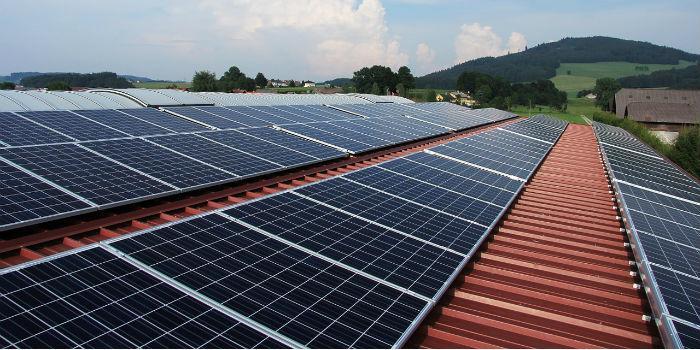 International. Demand for solar photovoltaics (PV) continued to grow in 2018, with annual installations reaching the long-awaited milestone of 100 gigawatts (GW), despite uncertainty and volatile price dynamics in the global solar industry. This is a figure that seemed unattainable in 2007, when annual installations had just tipped the 2 GW mark, according to IHS Markit.
International. Demand for solar photovoltaics (PV) continued to grow in 2018, with annual installations reaching the long-awaited milestone of 100 gigawatts (GW), despite uncertainty and volatile price dynamics in the global solar industry. This is a figure that seemed unattainable in 2007, when annual installations had just tipped the 2 GW mark, according to IHS Markit.
"As solar becomes increasingly competitive with conventional sources of power generation, companies are investing in the renewable energy industry, like never before, attracted by growing revenue opportunities and pressure to increase sustainability." said Edurne Zoco, director of research, energy storage and solar at IHS Markit. "Solar and other renewables also play a key role in the decentralisation and digitalisation of the energy system, or the so-called 'energy transition', which is now on the agendas of many governments, companies and other institutions".
"Predictions for the PV industry in 2019, is the name of IHS Markit's new white paper, which identifies the following eight major trends that will drive the market this year:
Global PV installations will return to double-digit growth, with record volumes to be installed in the fourth quarter of 2019. This year will be the first year since 2011 that annual PV installations will grow in all six global regions. Europe, the Middle East, North America, South and Central America, Africa and Asia-Pacific will contribute to year-on-year growth of 18 percent.
European PV demand will return to 2012 levels as corporate PPPs play an increasingly important role. Europe will continue to regain ground as a PV market in 2019. In fact, 18 GW will be installed across the region, a milestone that has not been achieved since 2012. The increasingly attractive economy of photovoltaics is helping to revive markets, helped by growing opportunities to sign private power purchase agreements (PPAs).
The renovation and repowering of photovoltaic plants will grow in importance, as the installed base in Europe ages. At the beginning of 2019, more than 40 GW of PV systems in Europe over 100 kilowatts (kW) were more than six years old. The costs of the technology have dropped dramatically since these installations were completed, so upgrading old PV plants to improve their performance and return on investment is becoming more common.
China's policy decisions will continue to define global dynamics as it pushes its domestic market toward grid parity projects. Given that China accounts for about 65 percent of PV module production in 2018 and 41 percent of global installations, the country clearly dictates the balance of supply and demand from the industry. This trend will be more pronounced than ever in 2019, as the industry awaits confirmation of anticipated changes in the country's incentive policies.
More than 500 megawatt hours (MWh) of batteries will be deployed in large-scale solar plants in North America. The combination of intermittent renewables and batteries has long been considered the key to providing scalable, dispatchable and clean energy. In 2019, the first significant volumes of these systems will be installed, and the action will focus mainly on North America.
The diversification of PV inverter suppliers will continue, as they continue to struggle with stagnant revenues. PV inverter suppliers will continue to expand into a diverse range of adjacent industries as price pressure and intense competition persist.
The race for the 400-watt (W) PV module will heat up as high-efficiency products gain market share. Solar PV has become a highly competitive energy source, as the average price of a solar panel has fallen by more than 80 percent over the past decade. However, these cost improvements have been aided by continuous improvements in cell and module efficiency, which have increased by approximately 25 percent over the same period.
There will be 11 million new Energy Internet connections from solar systems in 2019. The digitalization of the grid continues to be a mega trend for the electricity sector and in the solar industry. IHS Markit forecasts an average of 30,000 new PV inverters to be shipped each day in 2019 or 11 million for the full year.














